Craig_1988
Computer
Hello all,
I wonder if someone would be kind enough to take a look at these pictures and either put my mind at rest or let me know I need a structural engineer.
I was up adjusting the CCTV today and noticed a vertical crack that spans 3 bricks. It isn't wide (less than 2mm) and there is no cracks on the inside wall. House was built around 1960. I happened to find a picture from June 2018 (taken of the window for the fitter) and the crack is there too. It doesn't look to have got any worse in the 2.5 years that have passed since then.
What do you think? Does it just look cosmetic or does it warrant further investigation? I feared subsidence but everything I have read says it would be diagonal, wider at the top than the bottom and noticeable inside too. None of those apply
Appreciate any thoughts, thanks in advance, Craig
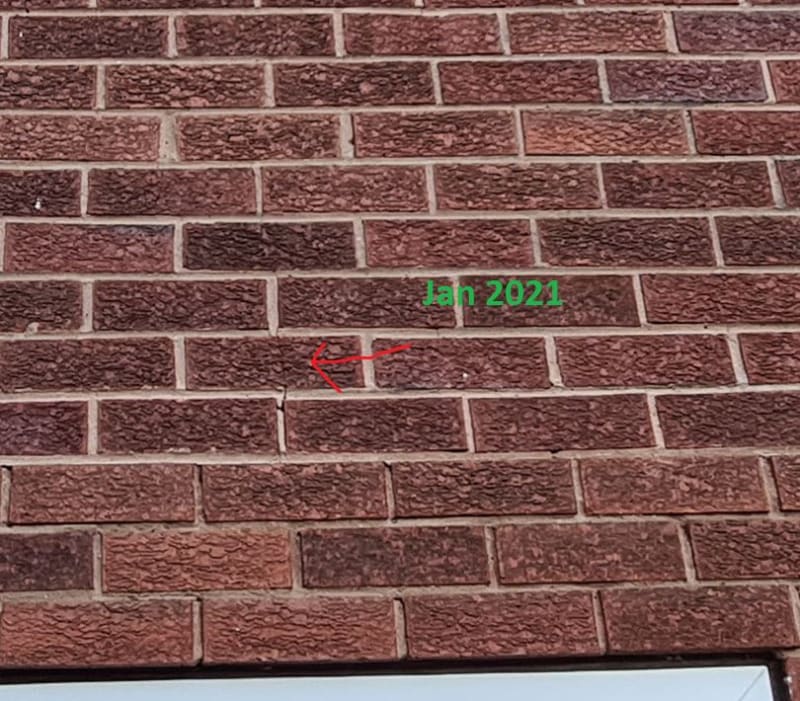
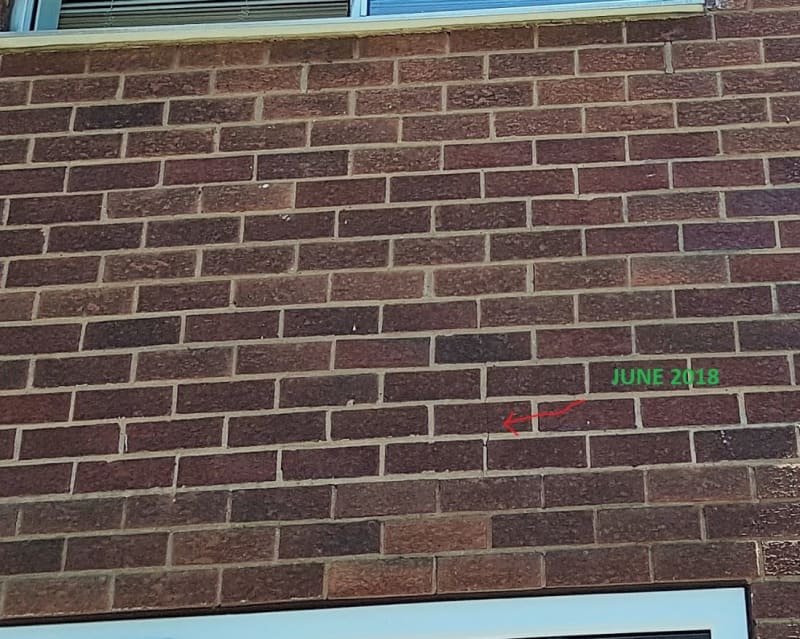
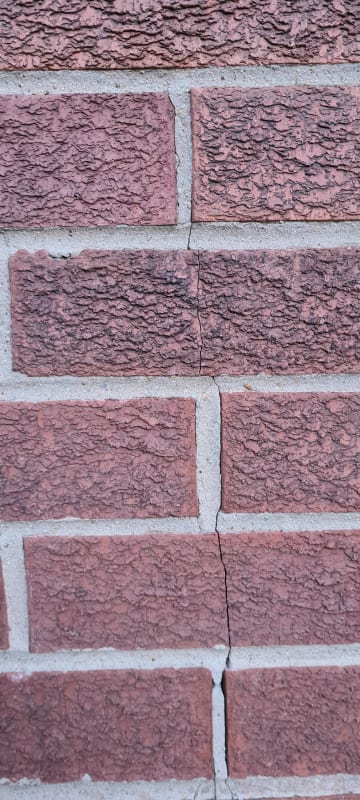
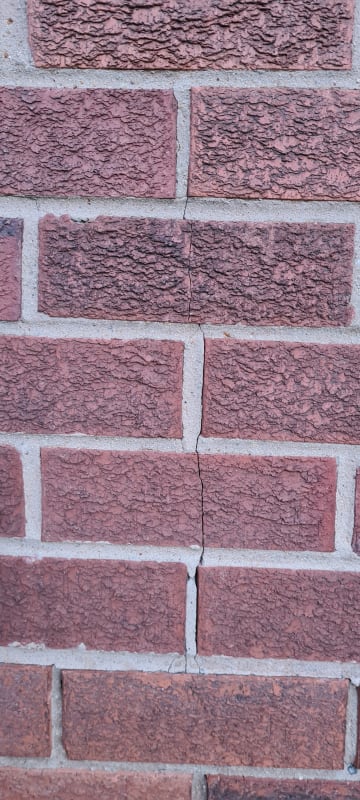
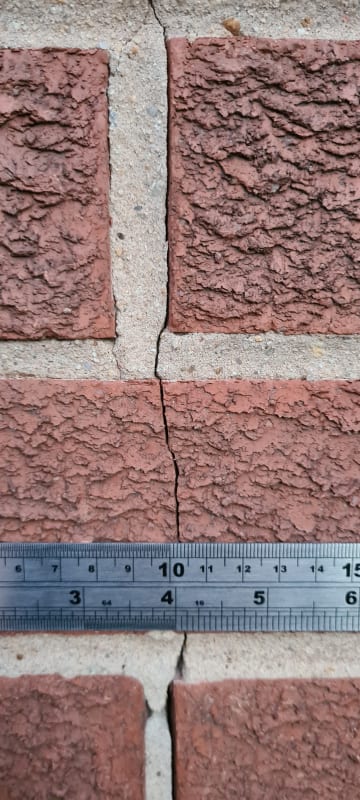
I wonder if someone would be kind enough to take a look at these pictures and either put my mind at rest or let me know I need a structural engineer.
I was up adjusting the CCTV today and noticed a vertical crack that spans 3 bricks. It isn't wide (less than 2mm) and there is no cracks on the inside wall. House was built around 1960. I happened to find a picture from June 2018 (taken of the window for the fitter) and the crack is there too. It doesn't look to have got any worse in the 2.5 years that have passed since then.
What do you think? Does it just look cosmetic or does it warrant further investigation? I feared subsidence but everything I have read says it would be diagonal, wider at the top than the bottom and noticeable inside too. None of those apply
Appreciate any thoughts, thanks in advance, Craig





